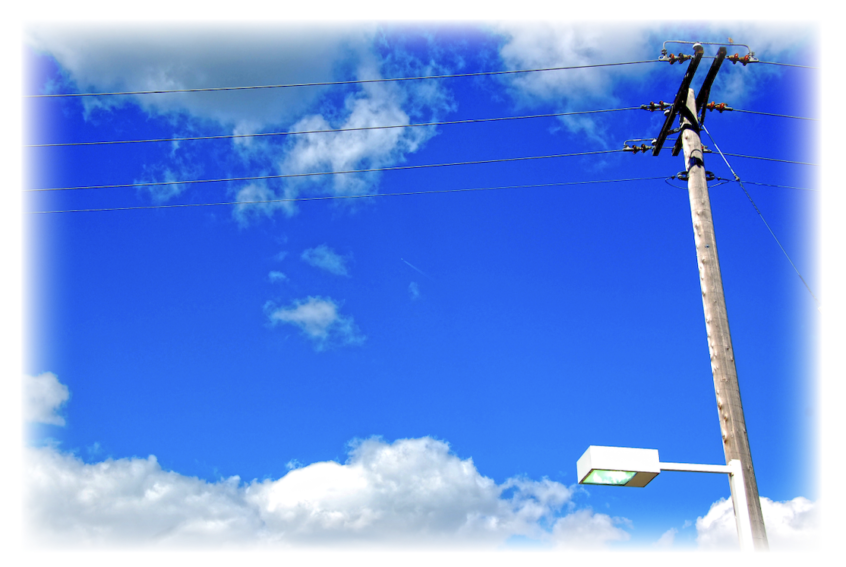Interdependence is a fact, not an opinion. ~ Peter Coyote
A NYTimes article entitled, “The U.S. Has Billions for Wind and Solar Projects. Good Luck Plugging Them In.” reminded me of just how very interdependent we are. And not just with each other but also with the systems we have created. There are so many variables to consider. So what looks like straightforward, ‘simple,’ and sustainable solutions to our climate change woes turns out to be complex and unworkable.
Here’s the punchline showing how interdependent renewable energy is on our old electrical grid: “If the United States can’t fix its grid problems, it could struggle to tackle climate change. Researchers recently estimated that new federal subsidies for clean energy could cut electricity emissions in half by 2030. But that assumes transmission capacity expands twice as fast over the next decade. If that doesn’t happen, the researchers found, emissions could actually increase as solar and wind get stymied and existing gas and coal plants run more often to power electric cars.” (My emphases. Paradoxical.)
The article begins like this: “Plans to install 3,000 acres of solar panels in Kentucky and Virginia are delayed for years. Wind farms in Minnesota and North Dakota have been abruptly canceled. And programs to encourage Massachusetts and Maine residents to adopt solar power are faltering.
“The energy transition poised for takeoff in the United States amid record investment in wind, solar and other low-carbon technologies is facing a serious obstacle: The volume of projects has overwhelmed the nation’s antiquated systems to connect new sources of electricity to homes and businesses.
“So many projects are trying to squeeze through the approval process that delays can drag on for years, leaving some developers to throw up their hands and walk away.
“More than 8,100 energy projects — the vast majority of them wind, solar and batteries — were waiting for permission to connect to electric grids at the end of 2021…jamming the system known as interconnection.
“That’s the process by which electricity generated by wind turbines or solar arrays is added to the grid — the network of power lines and transformers that moves electricity from the spot where it is created to cities and factories.
Further on: “It now takes roughly four years, on average, for developers to get approval. And when companies finally get their projects reviewed, they often face another hurdle: the local grid is at capacity, and they are required to spend much more than they planned for new transmission lines and other upgrades.
“Many give up. Fewer than one-fifth of solar and wind proposals actually make it through the so-called interconnection queue….Delays can upend the business models of renewable energy developers. As time ticks by, rising materials costs can erode a project’s viability. Options to buy land expire. Potential customers lose interest.”
President Biden’s plan to mitigate global warming is to make renewable energy sources – wind, solar, batteries – cheaper than fossil fuels. However, that does little to address the obstacles of current approval processes which were designed for the past when a few coal or gas plants per year wanted to connect to the grid. Or it does little to address the problems of a transmission system already at capacity.
And then there are the unexpected costs. “In 2018 a renewable energy developer proposed a 100-megawatt wind farm in southwestern Minnesota, estimating it would have to spend $10 million connecting to the grid. But after the grid operator completed its analysis, the developer learned the upgrades would cost $80 million. It canceled the project.
“The hardest part isn’t the engineering, it’s figuring out who’s going to pay for it. Imagine if we paid for highways this way, If a highway is fully congested, the next car that gets on has to pay for a whole lane expansion. When that driver sees the bill, they drop off. Or, if they do pay for it themselves, everyone else gets to use that infrastructure. It doesn’t make any sense.”
I’ve often thought about the antiquated electrical grid myself when we have a storm and lose electricity. Why do we see electrical outages as ‘normal’ and accept them as being expected? I better understand given this article. In this case, it’s not just the grid but also the processes behind it as well. I’m certain it would be possible to upgrade the grid so we would not lose electricity. But it would cost us.
What I notice is that attention is mostly on the more romantic and idyllic high-profile aspects of climate change solutions. We are, or at least I am, less aware of the hidden and more mundane backroom parts like the processes and inner workings of the systems involved.
“There’s a lesson here. You can pass big, ambitious climate laws, but if you don’t pay attention to details like interconnection rules and unpredictable costs, you can quickly run into trouble.”
Photo by Barbara

